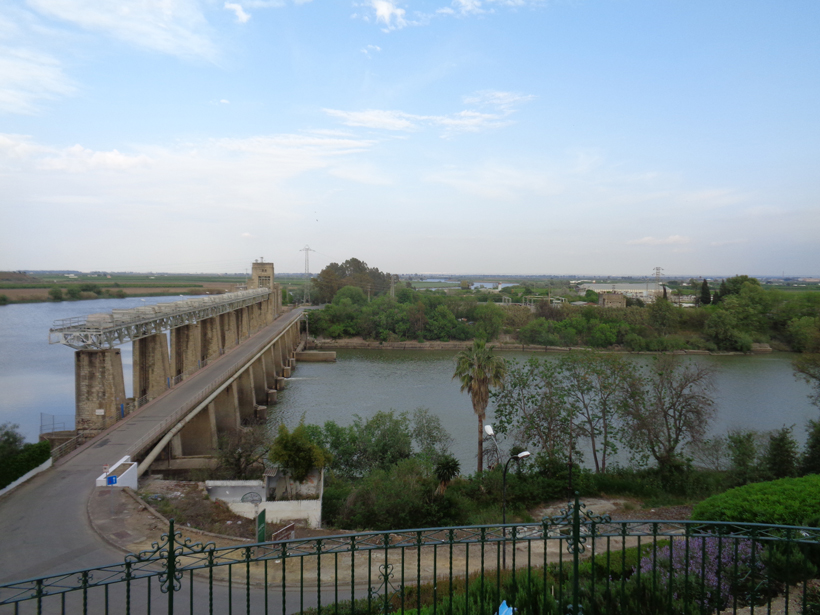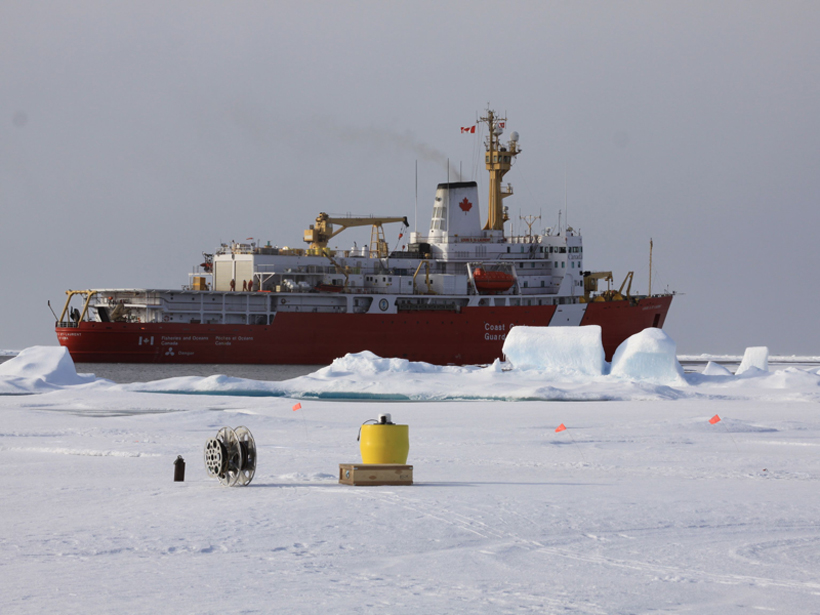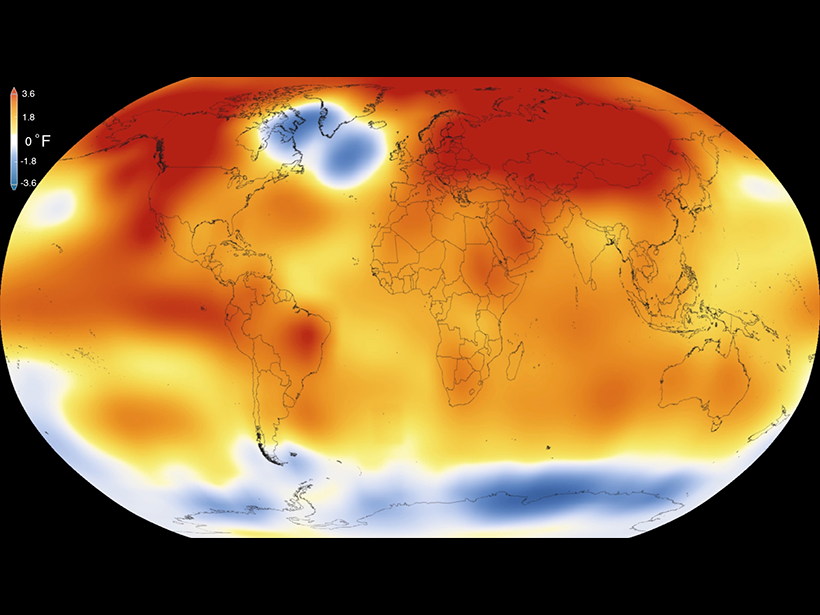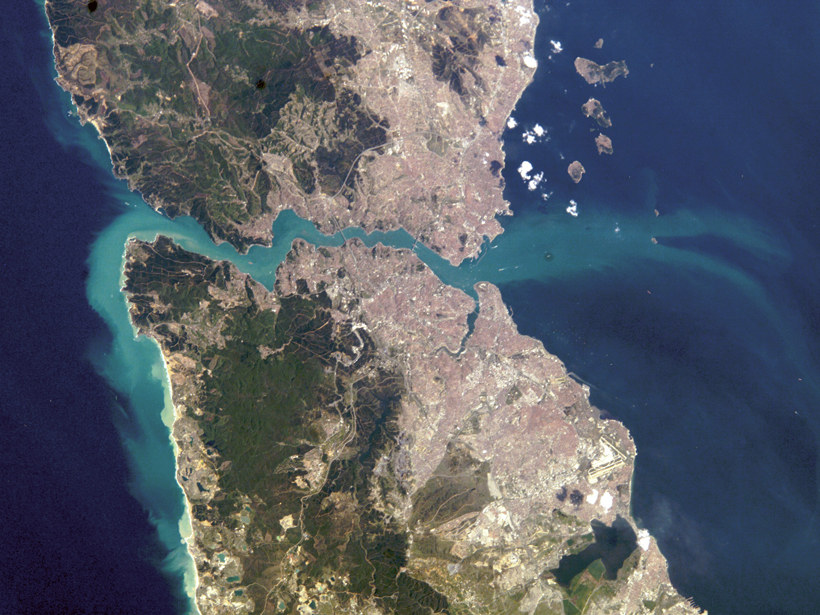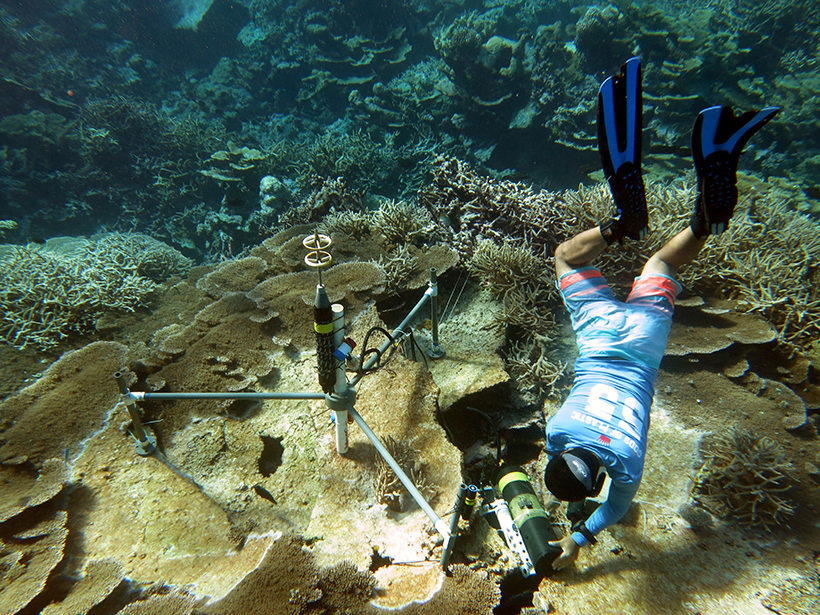Argo float data reveal regional deviations from existing models of the relationship between ocean color and biogeochemistry.
Journal of Geophysical Research: Oceans
Dam Discharge Events Alter Water Flow in an Estuary in Spain
Three-year observations suggest that increased sediment concentrations inhibit vertical transfer of momentum between water layers for more than 2 months after a high-discharge event.
How Arctic Ice Affects Gas Exchange Between Air and Sea
Scientists begin to fill a major data gap by investigating carbon dioxide dynamics in a remote region of the Arctic Ocean.
How "Godzilla" El Niño Affected Tropical Fish in Low-Oxygen Zone
A warm period unexpectedly boosted some species of fish larvae off the coast of Mexico.
Mysterious Intraseasonal Oscillations in Monsoons
The unpredictable cycles of rainfall during India's summerlong monsoon have stymied scientists for decades.
Big Storms Pump Mediterranean Water Far into the Black Sea
For the first time, scientists provide a sea-wide view of what happens to Mediterranean waters that flow into the Black Sea through the Bosporus Strait.
How the Deep, Cold Currents of the Labrador Sea Affect Climate
Seventeen years of ocean current data link global atmospheric and oceanic circulation.
Sun Glitter Provides a Detailed Map of Ocean Waves
European scientists use satellite sensors to detect light reflected off waves at the ocean's surface, which could help improve wave forecasts.
Scientists Develop New Tool to Monitor Reef Health
A first-of-its-kind system could reveal short-term changes in threatened reefs worldwide.
Tracing the North Atlantic's Bottom Waters
Chemicals released by two European nuclear fuel reprocessing plants, along with certain chlorofluorocarbons, are helping to constrain the speed and behavior of North Atlantic deep-ocean circulation.


